Tian Shi Yin Yang – Ba Gua Zhang
$26.00
Digital Download: You will receive a download link via your order email
Should you have any question, do not hesitate to contact us: [email protected]
Tian Shi Yin Yang – Ba Gua Zhang
The Tian family’s Yin Yang Bagua Zhang originated in the area around the Ermei and Qingzhen Mountains of Sichuan Province. It was transmitted from the Daoists Bi Yun and Jing Yun during late Ming Dynasty and early Qing Dynasty. Tian Hui was the ninth-generation-continuator and had made outstanding contributions on revealing, organizing and practicing Bagua Zhang. He spread, promoted, and wrote books of YinYang Bagua Zhang to the public. The works “Python form palms” and “Lion form palms” in Tian family’s YinYang Bagua Zhang are part of the “Chinese Wushu Literati Archive” series, and included in the “China’s Wushu Complete Encyclopedia”. Mr. Tian Keyan who is the Tenth-generation-continuator did indepth and meticulous research and exploration on the theories and combat techniques and formed a complete theoretical system of teaching.
Features
Tian family’s YinYang Bagua Zhang is one of three main Bagua Zhang systems in China. It integrates the crane-walking and roc-spanning powers, the soft and hard, uplifting and elegant, impressive and graceful styles. Tian family’s YinYang Bagua Zhang is the martial arts styled as twisting, spanning, sitting and lifting. This style integrates offense with defense and combines the internal with the external. The origin of this style occurred when the Chinese ancestors combined the “Book of Changes” with the YinYang truth. Following the Eight-Trigrams way, they observed the actions of animals and environmental changes. Tian family’s YinYang Bagua Zhang was created from these observations being studied and practiced over several generations. The practice routines is divided into eight forms: Python, Lion, Tiger, Bear, Snake, Horse, Monkey, and Eagle. “Ba” means eight, “Gua” means form, and “Zhang” means palm. One “Zhang” palm is divided into eight postures. Each posture is divided into three different “Cheng” movements. The total is one hundred and ninety-two Chengs. Each Gua is clearly distinctive. The style of Tian family’s YinYang Bagua Zhang is integrated with the soft and the hard, powerful and majestic — transmitting China’s exquisite traditional culture. Tian family’s YinYang Bagua Zhang took the meaning of YinYang and the Eight-Trigrams and applied it to the theories and principles of the palms. The actions of the YinYang Bagua Zhang eight forms routine involve the practitioners adjusting the upper, middle and lower sections of their body. The Eight-Trigrams are eight different symbols: Qian, Kan, Gen, Zhen, Xun, Li, Kun, and Dui which correspond to and form the changing ways of YinYan and Bagua. The postures of crane walking and eagle spanning also correspond to the eight directions: East, West, South, North, Northeast, Northwest, Southeast and Southwest of YinYan and Eight-Trigrams. The movements also mimic the arc in the YinYan fish. There are eight characters, eight directions, eight body-sections, eight steps, eight posture-palms, eight energies, eight coincidences. It’s looks like Ling Xiaoyo do.
Eight posture-palms
Python Form
The Python Form Palms of Tian’s family Yin Yang Bagua Zhang consists of eight postures:
1 “python writhing through the forest”
2 “python bending, ground stomping”,
3 “python grabbing, crossing and piercing”,
4 “python wandering, crossing with a single arm”
5 “python bending, crossing with a crooked arm”
6 “python writhing and piercing”
7 “python cleaving, spanning and lashing”
8 “python writhing, rocking, bending and crossing”
Each posture has 3 Cheng and total is 24 Chends. The Python Form Palms routine is divided into two parts and each part includes four postures.
The characteristics of the Python Form Palms: turning waist and spanning arms, integrated with the soft and the hard. It is like a python coming out of a hole and writhing through the forest.
Lion Form
The Lion Form Palms of Tian’s family Yin Yang Bagua Zhang consists of eight postures:
1 “lion turning, spanning and cleaving”
2 “lion turning, grazing and seizing”
3 “lion turning, spanning and parrying”
4 “lion turning, grazing and slicing”
5 “lion turning, cleaving and flicking”
6 “lion turning, reeling and flicking”,
7 “lion turning, cloud-reeling and ramming”
8 “lion turning, reeling and slicing”
Each posture has 3 Cheng and total is 24 Chends. The Lion Form Palms routine is divided into two parts and each part includes four postures.
The characteristics of the Lion Form Palms: the movemnets are smooth, dynamic, powerful. It is like a lion playing with a ball, and intimidation.
Tiger Form
The Tiger Form Palms of Tian’s family Yin Yang Bagua Zhang consists of eight postures:
1 “tiger swaying, body-rocking, pulling and pouncing”
2 “tiger bending, turning, striking, hooking, hanging”
3 “tiger pouncing, draping, shaking and sending”
4 “tiger sitting, suppressing, striking, spanning and bending”
5 “tiger ramming, sweeping, stomping, swinging and spanning”
6 “tiger carrying, turning, bending and body turning”
7 “tiger lashing, spanning, bending and horizontal sweeping”
8 “tiger crossing, raising and body swinging”
Each posture has 3 Cheng and total is 24 Chends. The Tiger Form Palms routine is divided into two parts and each part includes four postures.
The characteristics of the Tiger Form Palms: the movements are powerful and mighty. It is like a hungry tiger preying and smashing.
Bear Form
The Bear Form Palms of Tian’s family Yin Yang Bagua Zhang consists of eight postures:
1 “bear backing, choking and reaching”
2 “bear backing, spanning, bending and striking”
3 “bear backing, spanning, covering and ground stomping”
4 “bear backing, rocking and striking”
5 “bear backing, spanning, cleaving and striking”
6 “bear backing, swayng and striking”
7 “bear backing, body swinging and striking”
8 “bear backing,turning, ramming and striking”
Each posture has 3 Cheng and total is 24 Chends. The bear form palms routine is divided into two parts and each part includes four postures.
The characteristics of the Bear Form Palms: turning its waist and bending its back, having bold and vigorous power. It is like a black bear flexing back, rolling, and pouncing.
Snake Form
The Snake Form Palms of Tian’s family Yin Yang Bagua Zhang consists of eight postures:
1 “snake bending, arm swaying, crossing and piercing”
2 “snake thrusting, arm flipping and body turning”
3 “snake drilling, arm turning and body swinging”
4 “snake reeling, arm swinging, spanning and bending”
5 “snake coiling, twisting, spanning and sitting”
6 “snake flicking, rocking, turning and bending”
7 “snake lashing, flicking, wrapping and spanning”
8 “snake wandering, spanning, reeling and body roving”
Each posture has 3 Cheng and total is 24 Chengs. The Snake Form Palms routine is divided into two parts and each part includes four postures.
The characteristics of the Snake Form Palms: coiling and drilling power, mixing the hard and the soft. The movements are like a snake wandering and darting fangs.
Horse Form
The Horse Form Palms of Tian’s family Yin Yang Bagua Zhang consists of eight postures:
1 “horse walking, slicing and raising”
2 “horse sweeping and body swinging”
3 “horse ramming, turning and bending”
4 “horse bending and hooking”
5 “horse neighing, push kicking and stomping”
6 “horse digging and body roving”
7 “horse bucking, raising and hitting”
8 “horse rushing, charging and stomping”.
Each posture has 3 Cheng and total is 24 Chengs. The Horse Form Palms routine is divided into two parts and each part includes four postures.
The characteristics of the horse form palms: the movements are bold and uninhibited, like a wild horse bucking and rushing.
Monkey Form
The Monkey Form Palms of Tian’s family Yin Yang Bagua Zhang consists of eight postures:
1 “monkey picking fruits”
2 “monkey presenting fruits”
3 “monkey guarding fruits”
4 “monkey playing with fruits”
5 “monkey showing palms”
6 “monkey showing arms”
7 “monkey stepping on branch”
8 “monkey circling palms”
Each posture has 3 Cheng and total is 24 Chengs. The Monkey Form Palms routine is divided into two parts and each part includes four postures.
The characteristics of the Monkey Form Palms: the movements are nimble and it has adorable looks. It is like a monkey playing and guarding its catch.
Eagle Form
The Eagle Form Palms of Tian’s family Yin Yang Bagua Zhang consists of eight postures:
1 “eagle slicing, wing spreading and launching”
2 “eagle spanning, bending, turning, pressing and covering”
3 “eagle stretching, spanning, reeling, bending and turning”
4 “eagle retracting, arm stretching and hooking”
5 “eagle bucking, spanning, turning and body roving”
6 “eagle spanning, twisting, turning and body roving”
7 “eagle slapping, arm swinging, push kicking and stomping”
8 “eagle turning, swinging, spanning and body turning”
Each posture has 3 Cheng and total is 24 Chengs. The Eagle Form Palms routine is divided into two parts and each part includes four postures.
The characteristics of the Eagle Form Palms: the movements are open and natural. It has the vigor to combat the elements and disdaining the firmament, and has the spirit of soaring the sky and spanning in empyrean.
Delivery Method
– After your purchase, you’ll see a View your orders link which goes to the Downloads page. Here, you can download all the files associated with your order.
– Downloads are available once your payment is confirmed, we’ll also send you a download notification email separate from any transaction notification emails you receive from IMC.sale.
– Since it is a digital copy, our suggestion is to download and save it to your hard drive. In case the link is broken for any reason, please contact us and we will resend the new download link.
– If you cannot find the download link, please don’t worry about that. We will update and notify you as soon as possible at 8:00 AM – 8:00 PM (UTC+8).
Thank You For Shopping With Us!
Be the first to review “Tian Shi Yin Yang – Ba Gua Zhang” Cancel reply
Related Products
Medical & Health
Everything Else
Everything Else
Everything Else
Everything Else
Men and the Wild Chid Workshop – Robert Bly and James Hillman
Internet Marketing
Everything Else
Internet Marketing
The Complete Facebook Ads & Marketing Course 2017 – Suppoman

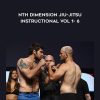
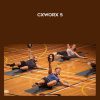
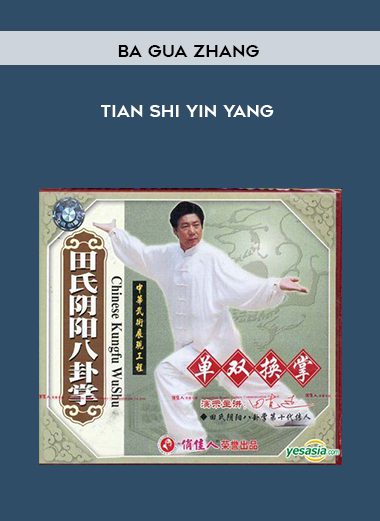
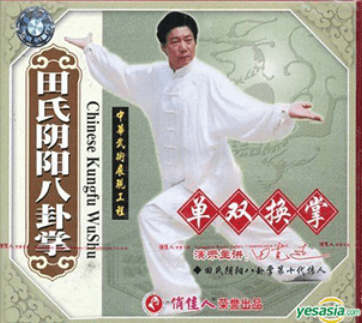
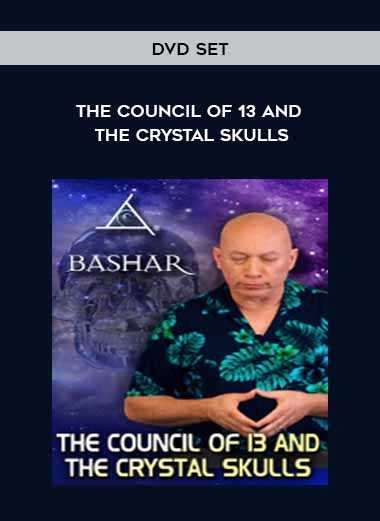

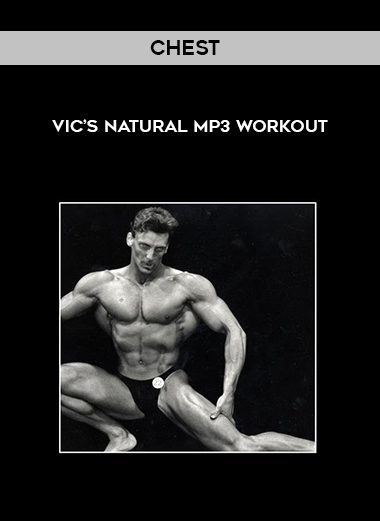
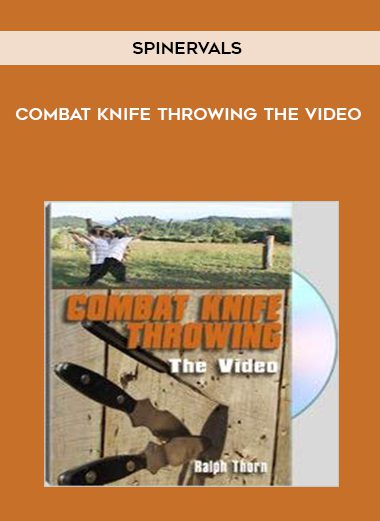
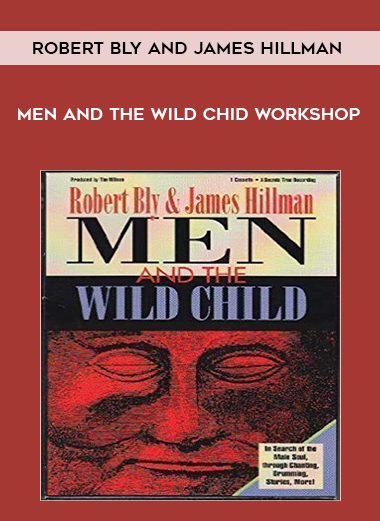



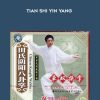
5 reviews for Tian Shi Yin Yang – Ba Gua Zhang
There are no reviews yet.